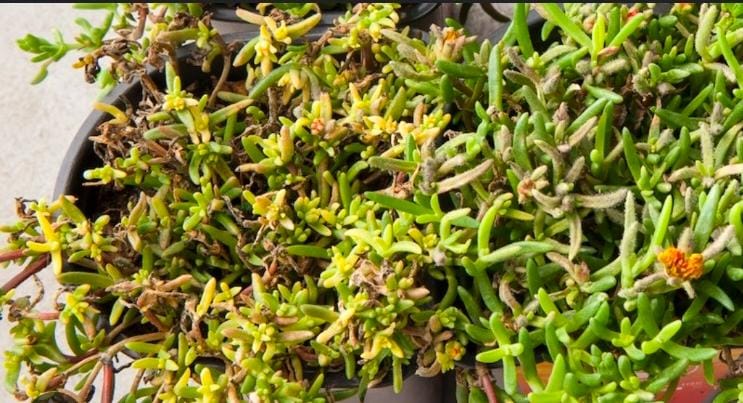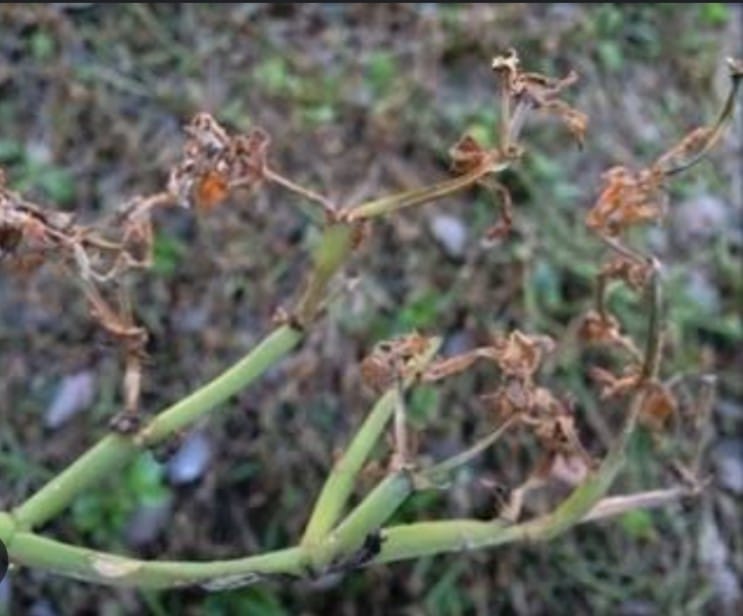Common Ice Plant
Ice plant, an annual, prefers well-drained, sandy soil and full sun. It's frost-sensitive and has fast growth.
Habit
Annual
Height
10-30 cm
Growth
Fast
Soil
Sandy, well-drained
Shade
Full Sun
Moisture
Moist
Edible
Yes
Medicinal
No
Origin
Africa
Climatic Condition
Arid, Semi-arid
Temperature (°)
15-30°C
Humidity (%)
30-70%
Potting media
Peat, compost
Fertilizers
Minimal fertilizer
Watering
Drought-resistant
Plant Weight
100-500 g
Flowering Time
Spring, Summer
Soil Ph level
5.5 - 7.5
Water Ph level
5.5 - 7.5
Soil EC
1-2 dS/m
Yield Per Plant
Edible, ornamental
NPK ratio
10:10:10
life Span
Annual
Health Benefits
Edible leaves, anti-inflammatory
Common Diseases and Remedies
Downy Mildew , Leaf Spot , Rust .
Light green or yellow spots , Dark spots on leaves , Yellow or orange spots on leaves .
Prune and discard the stems .
HEALTH BENEFITS
- Rich in antioxidants, vitamins A and C, and minerals.
- Supports hydration and skin health.
- May help regulate blood sugar levels.
- Traditionally used for anti-inflammatory and wound-healing purposes.
What Is An Ice Plant?
Ice plant (Carpobrotus edulis) is a succulent plant native to South Africa. It is a slow-growing plant that is part of the rugweed family (Acaciaceae).
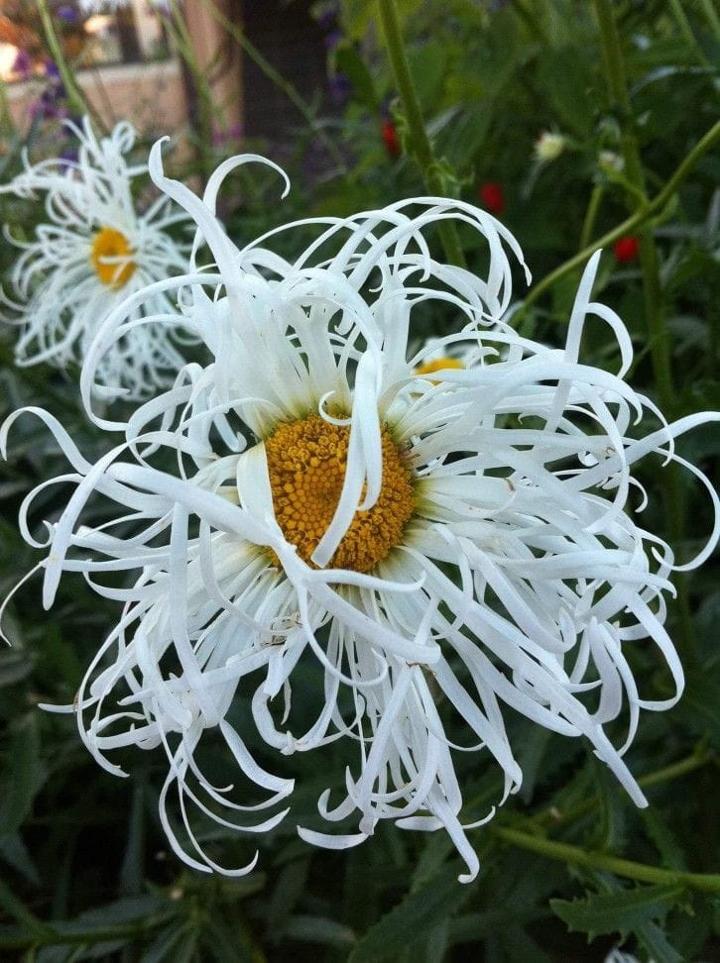
What Are The Different Types Of Ice Plant?
1. Little Sun Rose
(Mesembryanthemum cordifolium) This easy-to-grow tidy plant has glossy green leaves and bright pink flowers.
2. Orange Ice Plant
(Lampranthus aurantiacus) This succulent, shrub-like plant with bright orange flowers grows in loose soil such as sand.
3. Trailing ice plant
(Lampranthus spectabilis) This perennial race has succulent, gray-green leaves and daisy-like flowers.
4. Hottentot-fig
(Carpobrotus edulis) This terrestrial plant has bright green, triangular, slightly curved leaves with red edges. When mature, the leaves turn red or orange.
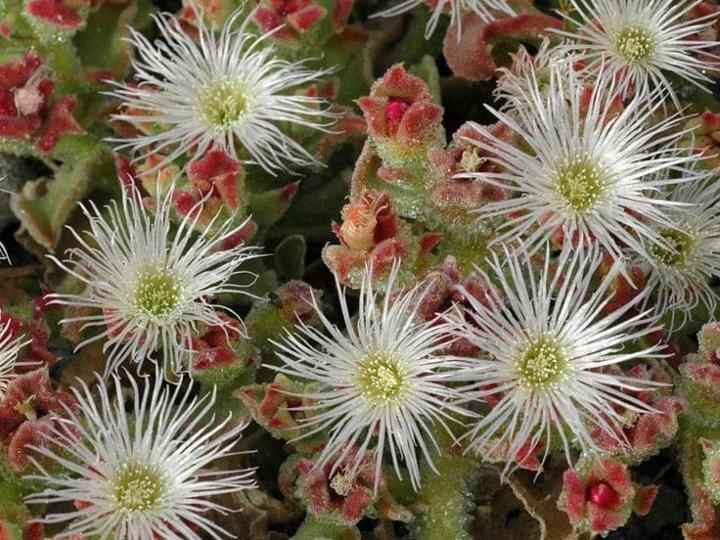
How to care Ice Plant?
Ice plants generally do not need heavy fertilization. Use water-soluble fertilizer diluted by half throughout the growing season (spring through summer). Avoid too much nitrogen as this can cause excessive leaf growth, which can damage flowers.
Location
is warm and dry and receives at least six hours of direct sunlight per day.
Sun
likes full sun but tolerates partial shade.
Land
Ice plant (Delosperma) thrives in well-drained dry sandy, gravelly or sandy loam soil.
Irrigation
When there is no rain, watering once every two weeks is sufficient, but in hot weather it is necessary to water once a week.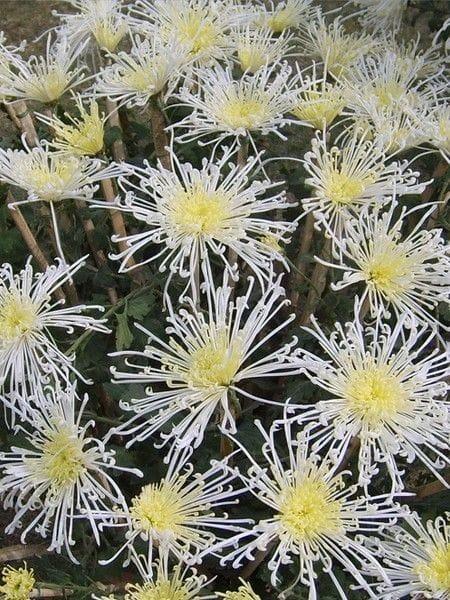
Issues

FAQs About Growing Ice Plant
1. How much sunlight do ice plants need?
Ice plants prefer full sun to partial shade and must receive at least 6 hours of direct sunlight per day to see growth and flowering. Insufficient sunlight causes leggy growth and reduced flowering.
2. Do ice plants grow well in pots?
Ice plants are similar to pots, but make sure the pots have drainage as ice plants do not like to be in water and will dry out quickly.
3. How far away should the fruit tree be planted?
When planting in a garden, plant 18 to 20 inches apart.
4. How do ice plants grow?
Ice plants grow approximately 2 to 3 inches tall and 12 to 18 inches wide.
